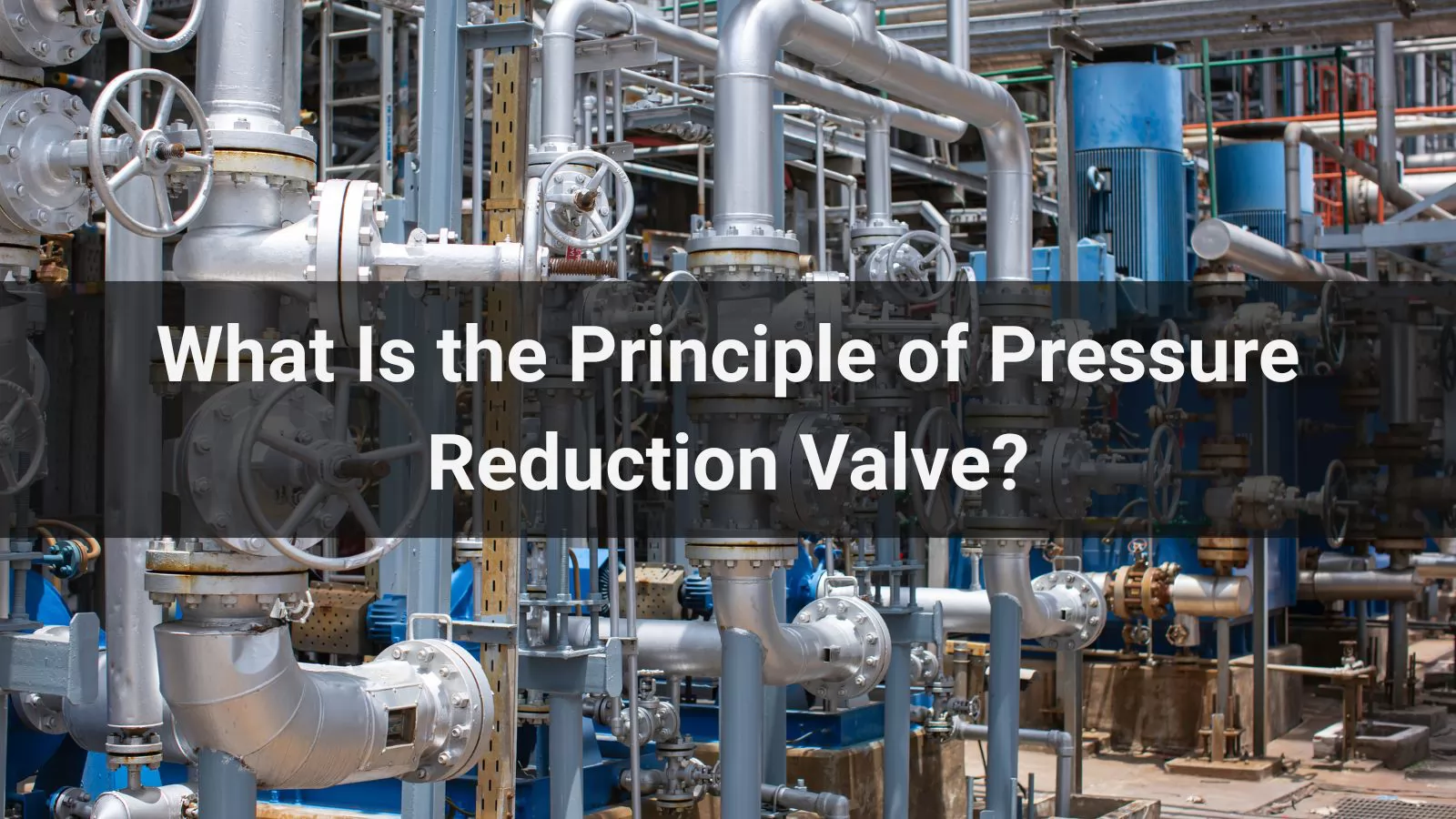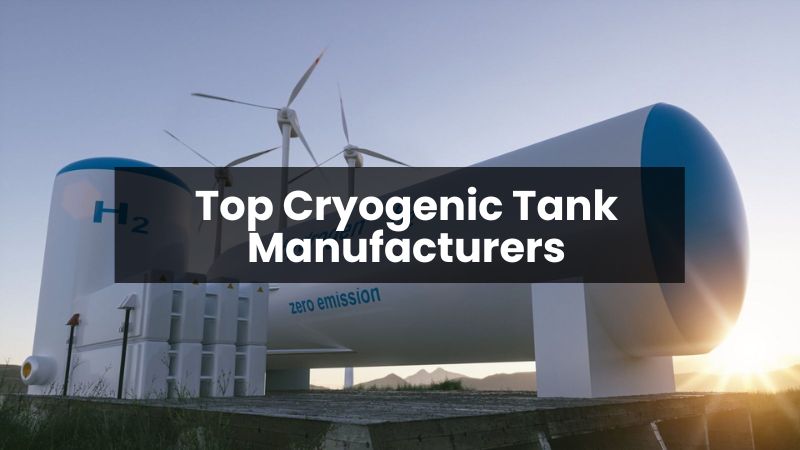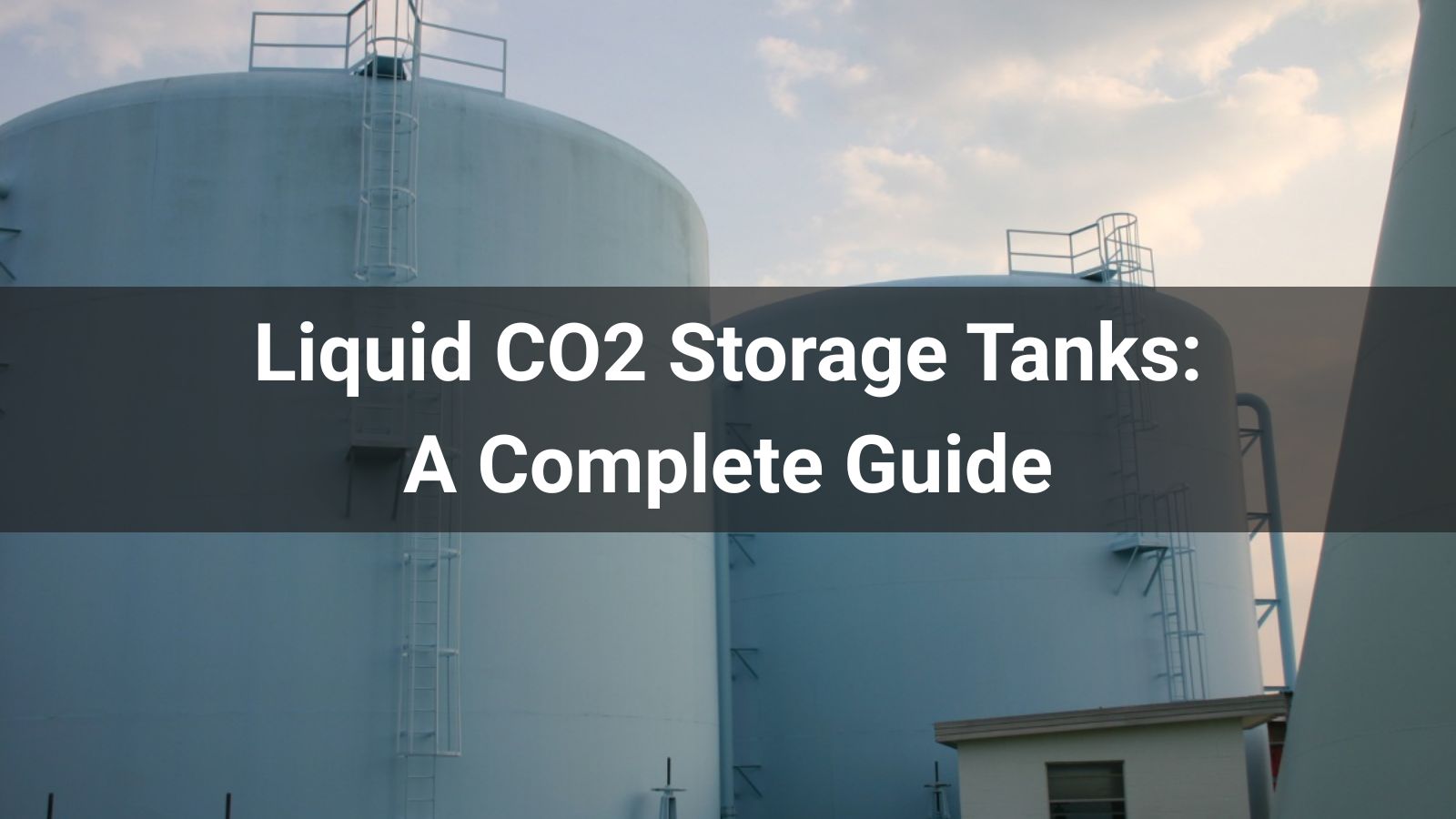What Is the Principle of Pressure Reduction Valve?

Quick Overview: What You Will Learn
-
What is a pressure reduction valve and why it matters
-
The physics and engineering behind its working principle
-
Different types of pressure regulators and how they differ
-
Application scenarios in cryogenics and gas control
-
How CryoTech designs pressure regulators for reliability
Understanding the Device: What Is a Pressure Reduction Valve?
A pressure reduction valve, often referred to as a pressure regulator, is a mechanical device that reduces incoming fluid or gas pressure to a desired downstream level. This ensures the safe, stable, and efficient operation of pipelines and connected equipment, especially in high-pressure systems.
These valves are critical in cryogenic gas supply, oxygen systems, and liquefied gas storage—areas where CryoTech provides cutting-edge solutions.
Behind the Mechanism: The Physics of Pressure Reduction
The fundamental working principle of a pressure reduction valve is based on **force equilibrium**: the force exerted by the incoming fluid pressure is balanced by a spring or diaphragm mechanism. Here's what typically happens:
-
High-pressure fluid enters the valve chamber.
-
A spring-loaded diaphragm or piston resists the inlet pressure.
-
As pressure builds, the diaphragm shifts, narrowing the orifice and throttling the flow.
-
The valve continuously modulates to maintain constant downstream pressure, regardless of inlet fluctuations.
This automatic adjustment makes pressure regulators ideal for systems requiring consistent output under variable load.
Types of Pressure Reducing Valves: More Than One Principle
-
Direct-Acting Pressure Regulators: Simple and compact, relying only on a diaphragm and spring. Suitable for low to moderate pressure applications.
-
Pilot-Operated Regulators: Equipped with an auxiliary pilot valve to control the main valve. They offer faster response and better pressure stability.
-
Dome-Loaded Regulators: Use gas pressure (not mechanical spring) to load the valve—common in ultra-clean or cryogenic gas systems.
CryoTech’s cryogenic applications often employ dome-loaded or pilot-operated regulators for enhanced control at very low temperatures.
Application Spotlight: Where Pressure Control Is Critical
Pressure reduction valves are used wherever precise gas or fluid flow is essential. Some notable examples include:
-
Cryogenic Storage Tanks: Regulating the boil-off gas from LNG or liquid nitrogen tanks
-
Medical Oxygen Supply: Delivering consistent oxygen flow to patients from high-pressure cylinders
-
Semiconductor Manufacturing: Maintaining ultra-clean gas flow in vacuum chambers
-
Food and Beverage Industry: CO2 pressure control in carbonation and refrigeration systems
Precision Under Pressure: CryoTech’s Engineering Approach
CryoTech designs pressure reduction valves with a focus on:
-
Ultra-fine control: Sub-1 bar accuracy for sensitive gas delivery systems
-
Material compatibility: Stainless steel and special alloys for cryogenic durability
-
Low temperature resilience: Tested at -196°C for long-term performance
-
Clean assembly environments: Especially for medical and semiconductor applications
All CryoTech valves meet or exceed global standards like ISO, CE, and GOST, with customization available per project needs.
Common Questions About Pressure Reduction Valves
1. Is a pressure reducing valve the same as a regulator?
Yes, in many cases these terms are used interchangeably. However, "regulator" often implies more dynamic or adjustable control than basic reduction valves.
2. Can pressure reduction valves handle cryogenic temperatures?
Not all. Standard valves may fail due to seal shrinkage or brittle materials. CryoTech uses cryo-compatible components for safe use at ultra-low temperatures.
3. What is the difference between upstream and downstream pressure?
Upstream pressure is the input (higher) pressure entering the valve, while downstream is the controlled (lower) pressure exiting it.
4. How often should these valves be maintained?
In cryogenic systems, inspection every 6–12 months is recommended, especially in high-use environments or critical systems.
5. Can I install the valve in any orientation?
Most pressure reduction valves are designed for horizontal installation. CryoTech provides models suitable for flexible mounting.
Conclusion: Small Device, Massive Impact
Pressure reduction valves are a small but vital component in any controlled fluid or gas system. Their precise design directly impacts safety, energy efficiency, and operational uptime. Understanding their principles helps you make better design or procurement decisions—especially when partnering with engineering leaders like CryoTech.










![Top 10 Cryogenic Companies in USA[2025 Updated]](/statics/images/right.png)
![Top 10 Cryogenic Companies in USA[2025 Updated]](/uploads/202508/bannerlist_1756363009_WNo_800d450.jpg)



